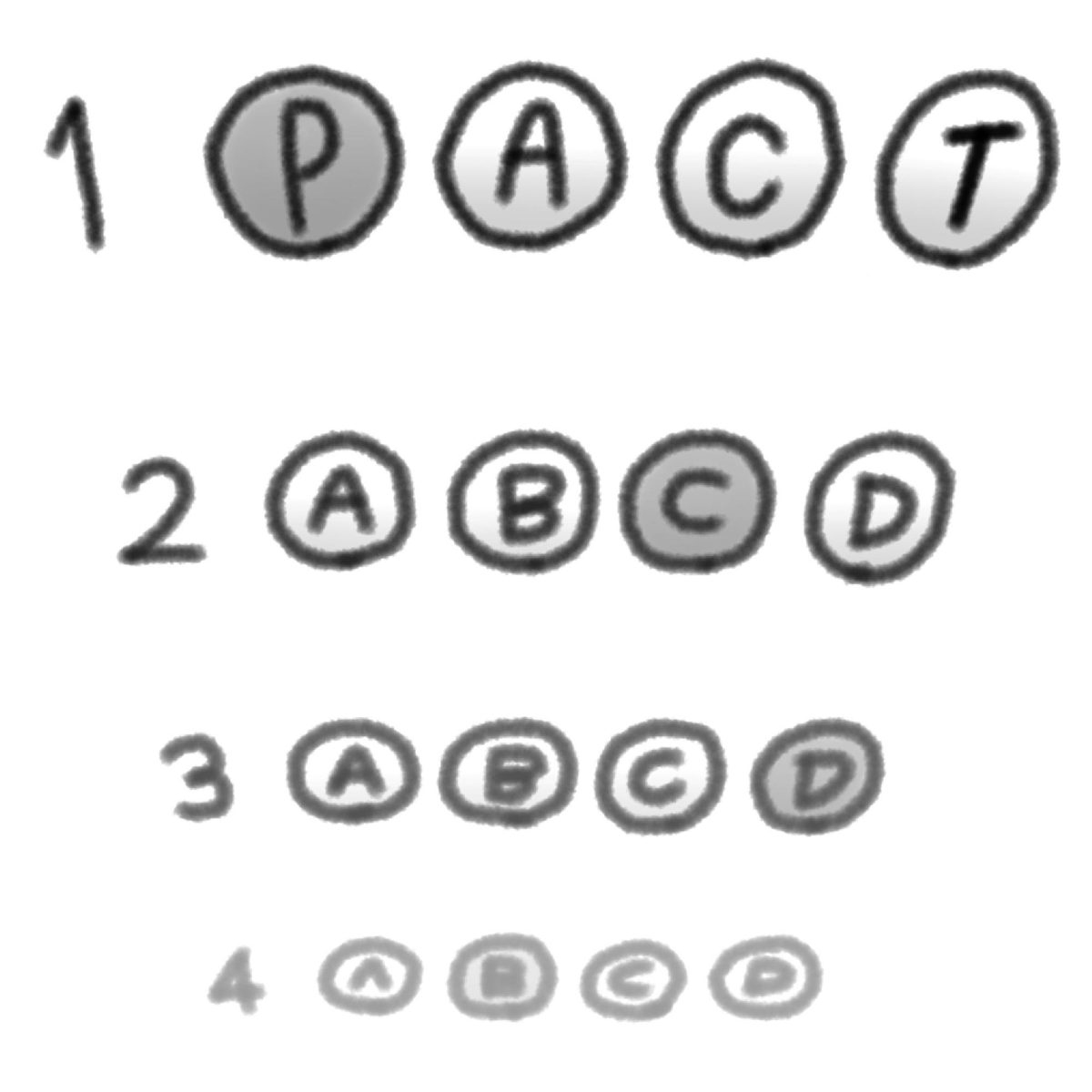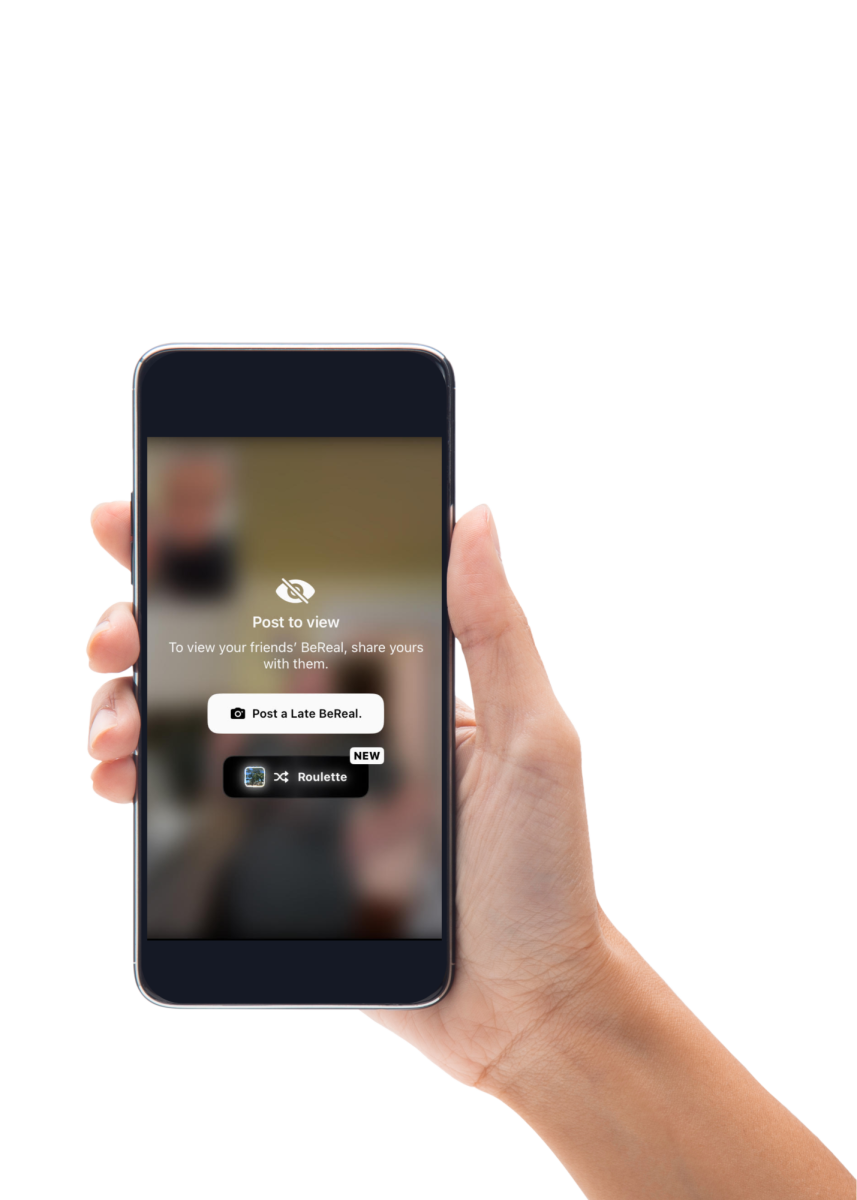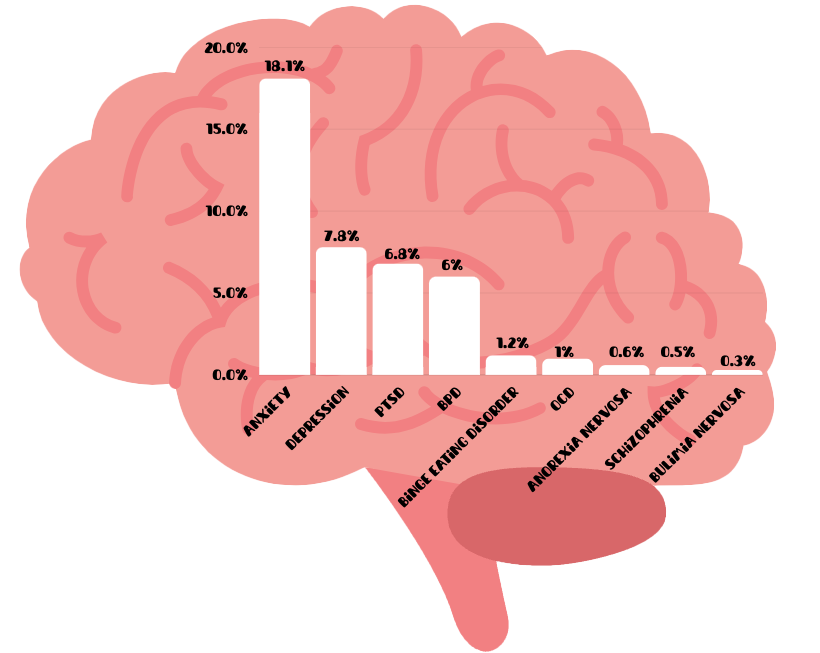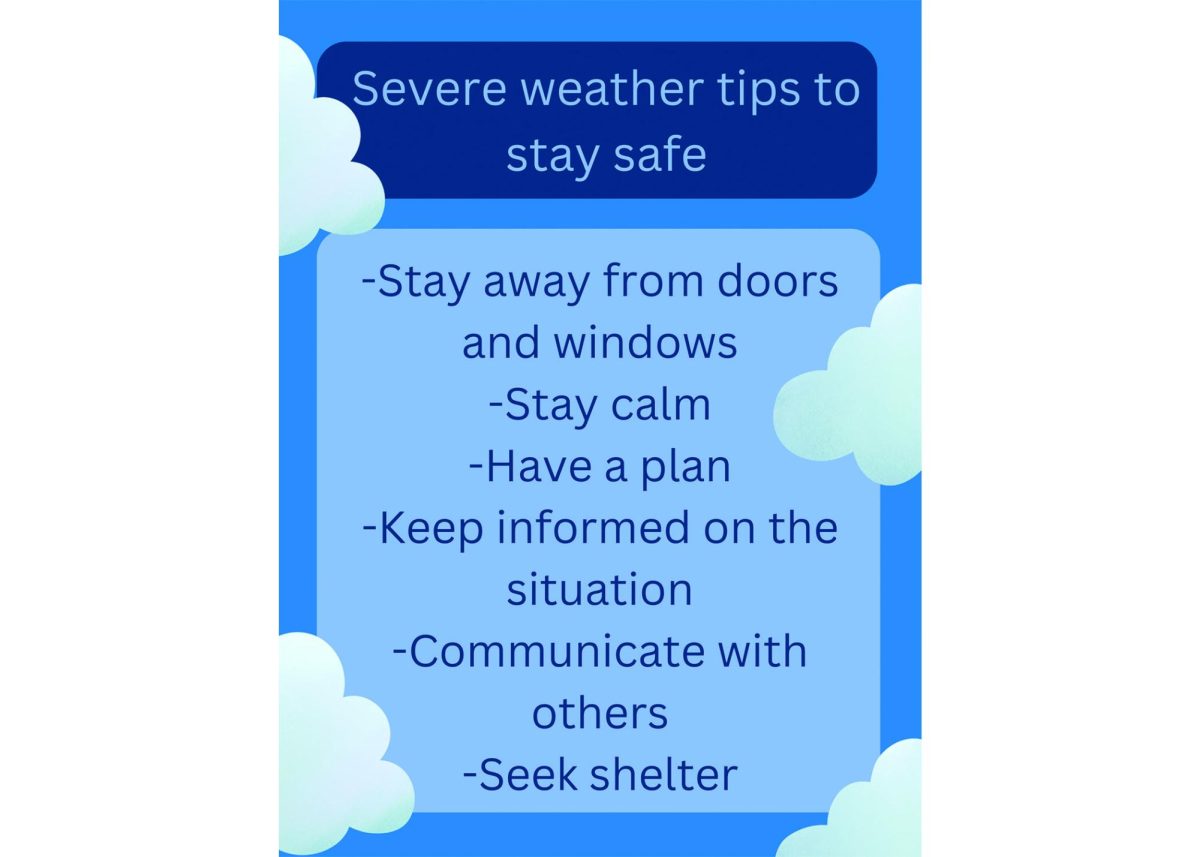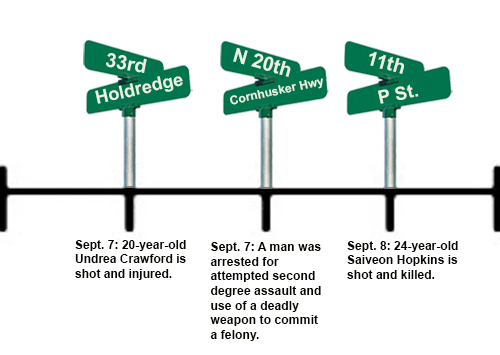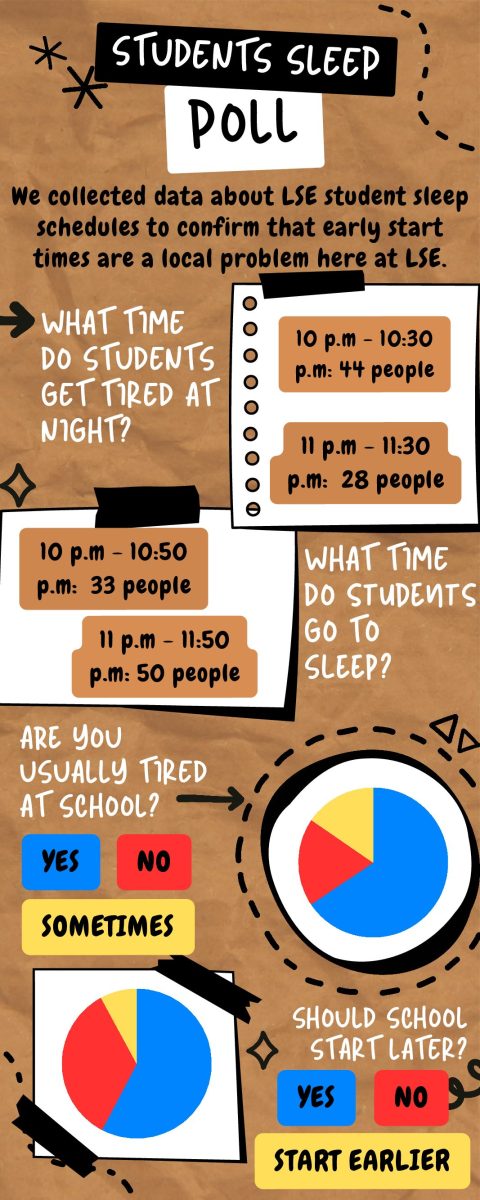The PreACT is now on the horizon for all sophomores. For several hours on Thursday, Nov. 2, the only sound from classrooms will be the booming of proctors, rustling of paper, and scribbling of Number 2 pencils on Scantrons. This standardized test, which is the precursor to an even larger test used by colleges, may seem intimidating, but is, in reality, a useful academic stepping stone for the future.
As described by OnToCollege, a well-known educational organization, “the PreACT is a practice exam for the ACT test, providing a similar testing environment, benchmarks in core subjects, and predictive scores.”
Southeast Associate Principal Jeremy Sevick says the test “gives students and staff the opportunity to see what a standardized testing environment is like.”
According to ACT’s website, the test is 130 minutes long and is segmented based on subjects. Those subjects are English, Math, Reading and Science respectively. All that is needed are Number 2 pencils (mechanical pencils are not allowed per the test instructions), a valid photo ID and calculators for the math section.
The rules of the test also strictly prohibit the presence of phones or any other device in the classroom during testing.
“There are parameters that we, as a building, set in place, but there are also parameters that ACT as an organization sets in place that have to be followed,” Sevick said.
Snacks are allowed, according to ACT, but must only be eaten during the 10-minute break given between tests. Also, be aware that certain calculators may be prohibited by ACT Inc. More information regarding which calculators can or can not be used can be found on ACT’s website.
In the weeks and months leading up to Nov. 2, LSE began preparations for the test. LSE Education Coordinator Austin Simpson said that “there are a lot of factors that are taken into consideration” for getting the ACT ready. The school needs “proctors, rooms, training for proctors, [and] accommodations.” Some students may be eligible for extra time on their test, and accommodations like these are what staff prepares for in advance.
While the PreACT is a long, multiple-choice test, it’s still “different than a regular testing environment in the classroom,” according to Sevick. As such, it requires some level of preparation from the student side.
To get ready for the PreACT, which he took his sophomore year, senior Lars Wanamaker said he searched online to see what categories people struggled in the most. “I looked for techniques to use for those categories.”
Wanamaker said that before the test he “was really nervous for it, [but] as I was [taking the test] I was pretty calm. I didn’t psych myself out… and then afterward I felt pretty good about it.”
Anxiety is a common feeling leading up to and during the test, but staying calm and focusing on the test is what’s important.
Several months after testing, the results are in. Every student is given a packet that states their overall score as well as performance in each of the sections. This allows students to see how they can improve on the ACT the following year, and study from there.
There are many resources available to help students get ready for the real deal, one of the most popular being OnToCollege preparation classes. These sessions, led by John Baylor, go over every aspect of the ACT and give students numerous tips to know what to expect on test day. Besides OnToCollege, another good source is the counseling office.
“Our counseling center has a variety of test taking materials and access to materials for students who are preparing for the ACT or PreACT,” Sevick said.
Even websites that can be found via Google are available, according to Wanamaker. “Don’t believe everything you see, but you can obviously find some pretty good stuff on what to do for the ACT.” For example, websites like harvard.edu could have some helpful information on how to study.
It’s completely understandable to be nervous for a test as major as this, but rest assured it’s for the benefit of students in the long run. Wanamaker put it best: “Don’t be nervous, it’s not that bad, just do your best.”

